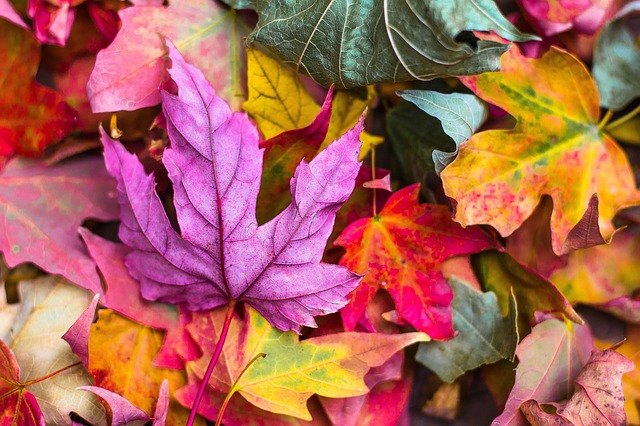
As soon as the calendar flipped to September and ‘back to school’ was declared, Mother Nature seemed to follow suit. Nighttime temperatures chilled rapidly, and in the mornings, I need to throw on a sweater to head outside. I’ve wholeheartedly embraced the fall season. My pumpkin decorations are out, my candles are flickering on the credenza, and I’m dreaming about all the fun fall activities I want to partake in the coming months. Everything suddenly feels cozier. I’m eager to curl up and read through my TBR (to-be-read) pile of books. I’m irrationally upset over the fact that my wardrobe doesn’t contain more orange hues. My weekly meal plan consists of stews, soups, and root vegetables. Fall is early, and I hope it’s here to stay.
As a gardener, the arrival of fall typically means it’s time to begin the yearly ritual cleanup. I try to get through it bit by bit, attacking some tasks earlier than others, so as not to overwhelm myself in late October or November. If you’re noticing the chill sneaking up on you, but you’re unsure where to start with your cleanup, here are a few suggestions:
Get rid of nightshades: Heat-loving plants are the first to be extracted from my garden. The cold nights begin to stress the eggplants and peppers. A few tomatoes might still appear, but if your plants are no longer producing, browning, and looking less than perky it’s time to pull them and toss them in the brown bin. Never throw diseased plants in your compost, but feel free to toss healthy ones in there.
Save some bean seeds: I’ve left my first bean plants to die out because I’m planning to save some seeds from a few forgotten pods. Saving bean seeds is incredibly easy, and if you do it, you won’t have to spend money on packets for next season. Leave the pods and harvest the seeds once the pods have dried out completely.
Get rid of anything disease or pest-infested: Toss skeletonize kale and brassicas into your city compost bin.
Cover beds: If you’re growing anything for a late harvest, you may want to consider adding protection if you’re in a particularly cold climate. A bit of cover is also useful to prevent leaves from falling all over your beds. It’ll also keep pesky squirrels from snatching a last-minute snack.
Remove non-permanent structures: Decorations, non-permanent trellises, and unused pots and containers can be put away in the shed or garage for the season. Any summer tools (e.g., shade cloth) can be stored away safely, too.
Don’t forget your fall crops. If you’re growing things like arugula, lettuce, and spinach for a fall or winter harvest, don’t forget about them. Even in the chillier weather, your plants need to be watered and cared for.
Do these things bit by bit and you’ll discover that the end of the gardening season will become a lot less stressful. It’s the exact same way I treat my house cleaning chores. I do a little bit of something every day. That way, I’m not left pulling my hair to get it all in in a single day.

Steph Coelho is a freelance writer gardening in zone 5b. She is a certified Square Foot Gardener and has taught various garden-related workshops. When she’s not digging in the dirt or writing, she’s cooking up fresh produce, running, or listening to her favorite podcasts.
Leave a Reply